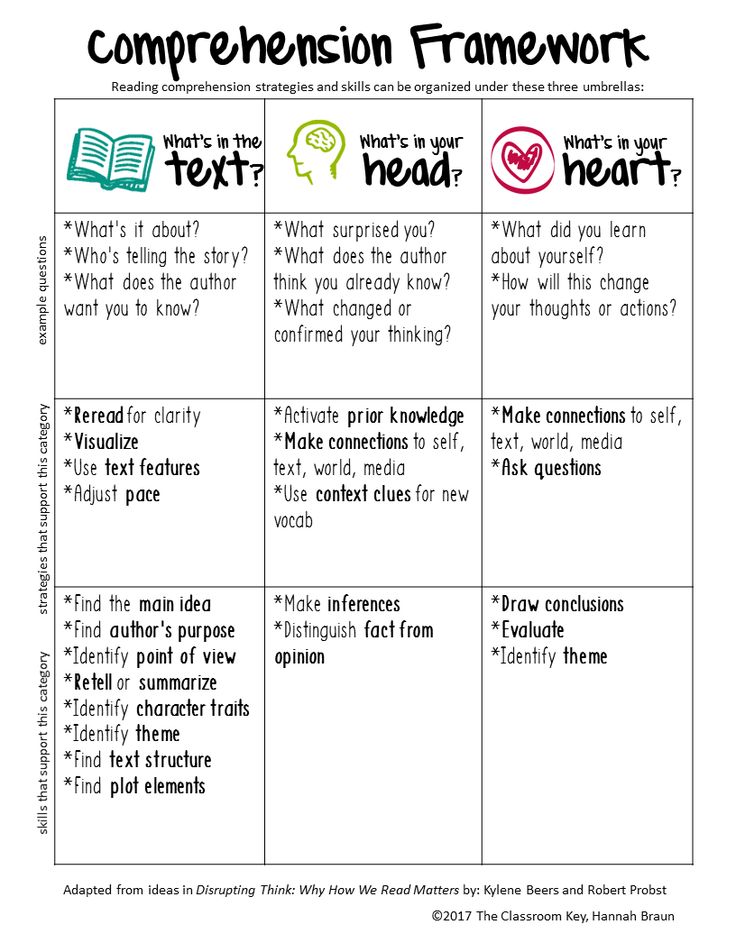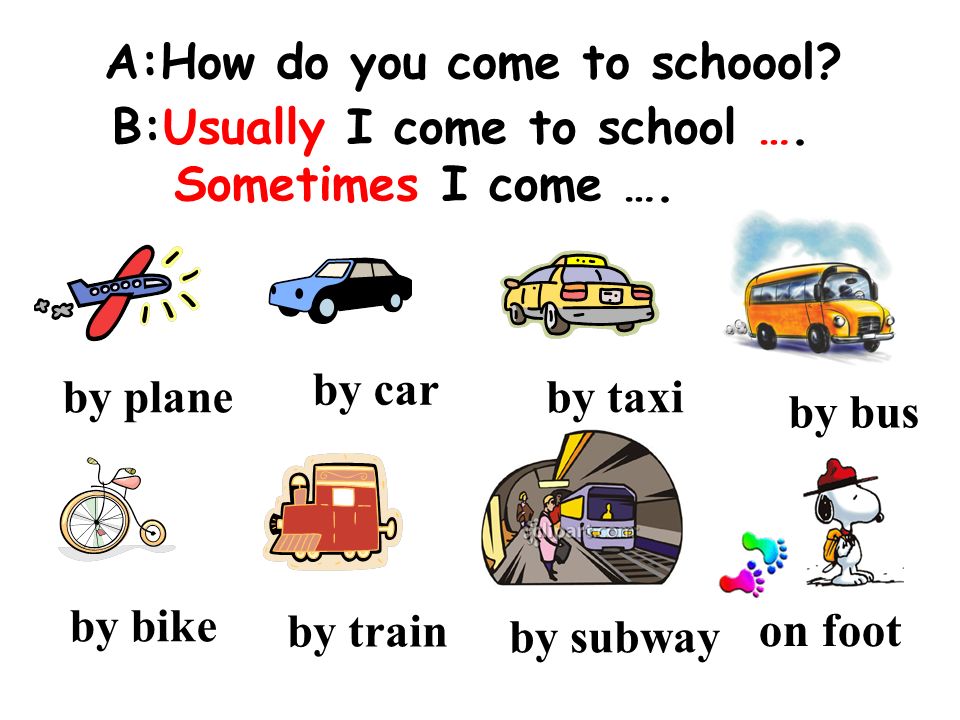How to teach your child comprehension skills
How to Help Your Child With Reading Comprehension
What helps kids understand what they read? Being an active reader is key. That means focusing on the text, questioning it, and taking mental notes. You can work on these skills with your child at home. Use these seven tips to help improve your child’s reading comprehension.
1. Make connections.
When kids connect what they already know to what they read, it helps them focus. Show your child how to make connections when you read aloud. If a book mentions places you’ve been to with your child, talk about those memories. Then have your child give it a try.
2. Ask questions.
Asking questions encourages kids to look for clues in the text. When you read together, ask questions to spark your child’s curiosity. Ask things like “What do you think will happen?” or “How is that character feeling?”
3. Make “mind movies.”
Visualizing helps bring a story to life. That’s where mind movies come in. When you read with your child, describe what the scene looks like in your head. Talk about how it makes you feel. You can use other senses, too. For example, if the scene takes place outside, what does it smell like?
Then invite your child to make a mind movie, too. Point out how your child’s movie is different from yours. If your child likes to draw or color, encourage your child to make a picture of the scene, too.
4. Look for clues.
When you combine what you already know with clues from a story, you can make guesses or predictions. These are inferences. And making them is a great way to build reading comprehension.
For example, when we read “Kim’s eyes were red and nose was runny,” we can infer that Kim has a cold or allergies. Help your child do this as you read. If a character is wearing gym clothes and sweating, ask your child what the character might have been doing before.
5. Figure out what’s important.
Ask your child: Who are the main characters? What’s the most important thing that has happened in the story so far? What problem are the characters trying to solve? When kids can point out what’s important, they’re more likely to understand what they read.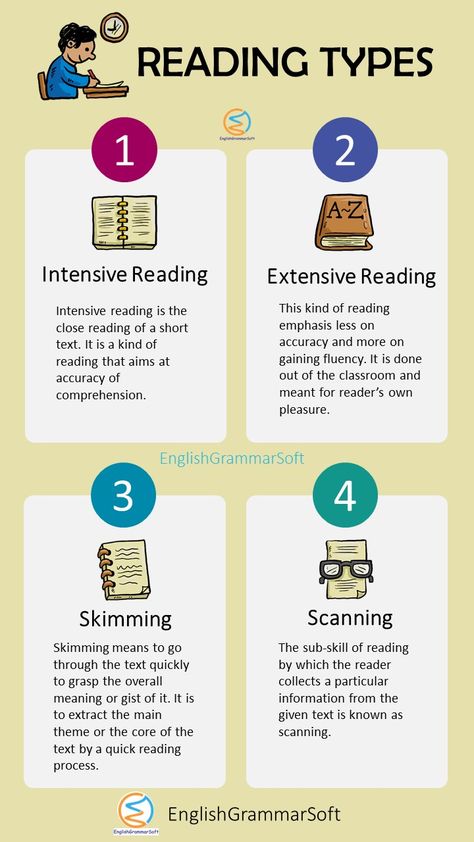
Your child can also use a tool called a graphic organizer to do this. A “story element” organizer keeps track of the main characters, where the story is taking place, and the problem and solution of the story.
6. Check understanding.
It helps to encourage kids to stop and ask themselves, “Is this making sense?” If your child gets stuck, suggest rereading the part that didn’t make sense. What about it was confusing? Were there specific words that tripped your child up?
7. Try new things.
The more kids know about the world, the more they can get meaning out of what they read. You don’t have to take an expensive trip or go to a museum to do this, though. You can expand kids’ background knowledge and vocabulary in lots of ways.
Shooting hoops or watching a baseball game can help your child connect more with books about sports. Riding the subway might make your child interested in books that take place in big cities.
Even with these tips, some kids still have a hard time understanding what they read.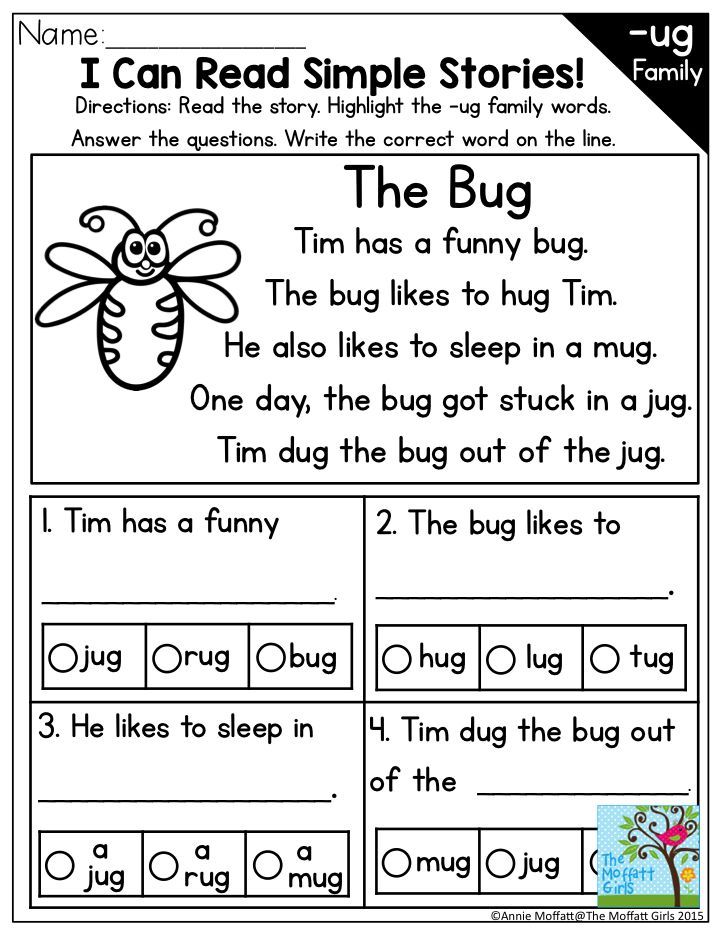 Learn more about how to help your child with reading. And get an expert’s take on why kids may have trouble understanding or remembering what they read.
Learn more about how to help your child with reading. And get an expert’s take on why kids may have trouble understanding or remembering what they read.
100 Ways to Help you Child Improve Their Reading Comprehension Skills
Reading comprehension involves a child’s ability to understand the context and meaning of text. Young readers quickly learn to summarize or retell story plots and identify the main characters—basic elements of comprehension. Inferencing, the ability to make predictions on what will happen based on clues within the text, is a fundamental aspect of comprehension that is integral to reading proficiency.
As text becomes more abstract, readers must find the unwritten meanings that help them develop a greater understanding of the story. Unsure how to help a struggling reader? Here are 100 ways to help your child improve reading comprehension, love the adventure of reading and enjoy exploring new books! Some of these tips may be an adventure for parents, too!
- Ask questions when you read.
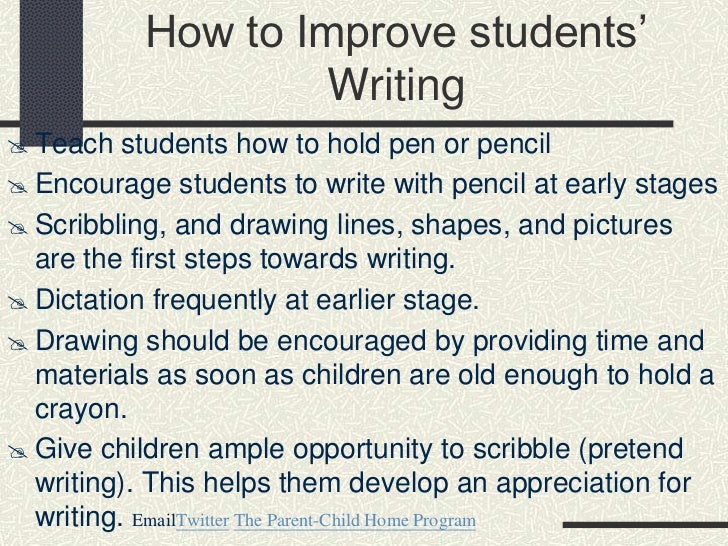 The key comprehension questions are who, what, when, where, why and how. Your child should be able to answer these basic questions about the story or book.
The key comprehension questions are who, what, when, where, why and how. Your child should be able to answer these basic questions about the story or book. - Cook a recipe. Cooking and following a recipe could help with basic comprehension skills. Measuring also helps your child with math!
- Narrate the story. Don’t just read aloud, narrate the story for your child. Inflect emotion and excitement to help them understand elements of the plot and motivations of the characters.
- Listen to the book. Listening to a book while following along in the text could help a child to better grasp plot elements or infer meaning.
- Start a family reading club. Everyone in the family should read the same book. After everyone finishes the story, talk about the plot and characters in depth together.
- Use reading worksheets. Online worksheets are available on numerous websites to help parents work on reading comprehension with their child.
 Some worksheets include questions to gauge understanding.
Some worksheets include questions to gauge understanding. - Make a reading comprehension bookmark. A bookmark can serve as a visual reminder to help children think about plot elements and help identify those key “wh” questions.
- Use graphic organizers. A graphic organizer can help focus on plot, characters or other aspects of the story. This is yet another visual way to help with comprehension.
- Watch the movie together. After reading the book, watch the movie. Then discuss how the book differs from the big screen adaptation.
- Play reading games. Download games or apps that focus on reading skills. Or create your own games at home.
- Use a reading app. Readability provides struggling readers with an AI virtual tutor that helps guide reading lessons and tests comprehension. The tutor recognizes your child’s voice and provides guidance on pronunciation. After the story is completed, the tutor will ask questions related to the story.
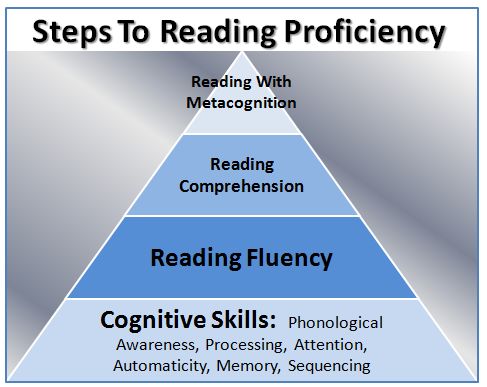
- Let children choose their books. Kids may be more excited about reading when they get to choose their own books.
- Take a reading field trip. Visit a site featured in your child’s favorite book. Maybe it’s a museum, the zoo or somewhere else. This is yet another way for a child to immerse into the action of the story.
- Make a story comprehension ball. Grab a beach ball and write comprehension prompts on each of the colorful sections. Toss the ball to your child and have them answer the prompt that faces up when they catch the ball. You can also buy a ball!
- Write a storybook. Have your child write their own fiction story. By creating a plot and characters, they also have to think beyond the basics.
- Draw pictures. Have your child illustrate a scene from the story. This may help them visualize the action of the story.
- Create a shoebox diorama. This is a small three-dimensional recreation of a scene from the story.
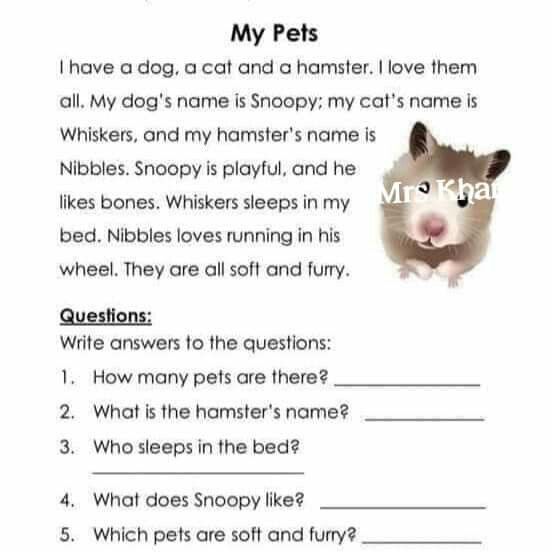 Like an illustration, this could help a child visualize and better understand a scene.
Like an illustration, this could help a child visualize and better understand a scene. - Meet with the teacher. When parents are concerned about comprehension, one of the first steps to address the issue may be a meeting with a child’s teacher. Don’t hesitate to reach out.
- Hire a private tutor. If money isn’t an issue, a private tutor could work one-on-one with a child to help focus on comprehension struggles.
- Read, read, read. Encourage children to read regularly to help work on proficiency and comprehension.
- Start a book club during the summer. If the local library doesn’t offer a summer reading program, start your own. Encourage children to track reading minutes and offer prizes for milestones and program completion. This encourages regular reading during the summer and could help them to not fall behind…in comprehension and proficiency.
- Offer reading rewards. For kids who dislike reading, a rewards program may be beneficial to get them to crack a book and work on comprehension.
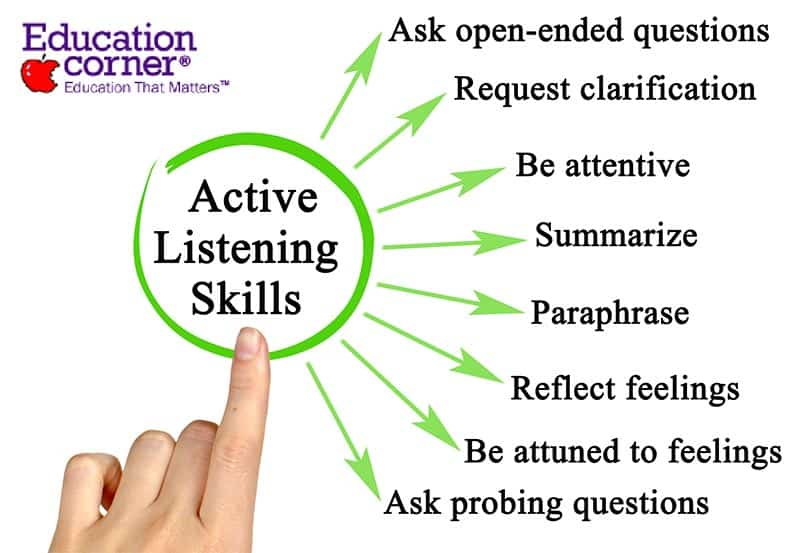 Set rewards that will motivate your child.
Set rewards that will motivate your child. - Set reading goals related to comprehension. Reading rewards should be tied to reading goals. These goals could be related to comprehension, page numbers or reading minutes.
- Understand your child’s reading level. Parents should always know what reading level is best for their child, so that books are never too easy or too difficult. Ask your child’s teacher to better understand individual reading levels.
- Choose books that are leveled appropriately. Don’t select books that are too far outside a child’s reading level. Working on comprehension requires text that a child can easily understand.
- Read aloud to a child. Hearing a book read aloud could help a child understand the plot or the character’s actions. This also can be a child’s gateway to more difficult books.
- Create a reading den. Make reading fun by creating a reading nook or den. Grab pillows, covers or your child’s favorite stuffed animals.
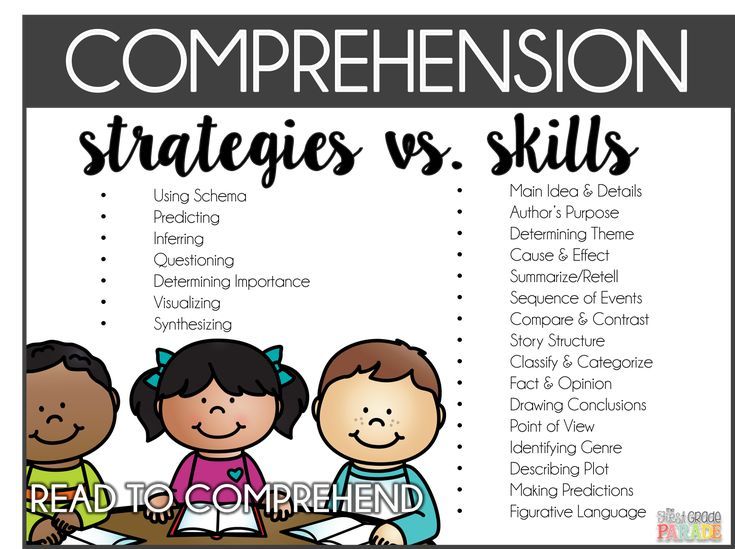
- Stop the clock. Understand that the clock doesn’t always rule reading. Sometimes it’s ok to not watch the clock.
- Make a book craft. After reading the book, have your child make a craft related to the story. Your child can create a puppet based on the character of a book.
- Let children read to a furry friend. Our pets don’t judge mistakes. Let your child read aloud to the family pet. This is a great way to help them practice reading fluency.
- Make a book interest list. Not sure what books interest your child? Have them make a list of favorite sports, hobbies, ideas and more. Then find books related to the interest list.
- Review reading scores from school-based standardized tests. If you’re unsure if your child is reading at grade level, ask to review standardized test scores. These are usually sent home, but sometimes schools forget. Just ask your child’s teacher to review.
- Talk to a pediatrician if reading struggles are pronounced.
 If your child is really struggling to sound out words and comprehend text, schedule an appointment with your child’s pediatrician to seek guidance.
If your child is really struggling to sound out words and comprehend text, schedule an appointment with your child’s pediatrician to seek guidance. - Ask for referrals. If your child’s doctor is concerned, they may recommend that your child see a specialist; ask for referrals so you know whom to consult. You may also need to check your insurance plan to find in-network specialists.
- Ask the school for intervention or further testing. Reach out to the school to inquire about testing for reading struggles.
- Never shame a struggling reader.
- But praise progress and effort. Always offer praise for progress and effort. Positive words may go a long way to a child that is struggling.
- Investigate different types of reading programs. Not every app or program works for every child. Do your research.
- Find out what reading environment works best for your child. Do they like to read alone? On the couch? Talk to your child about where they love to read, and try to make accommodations.
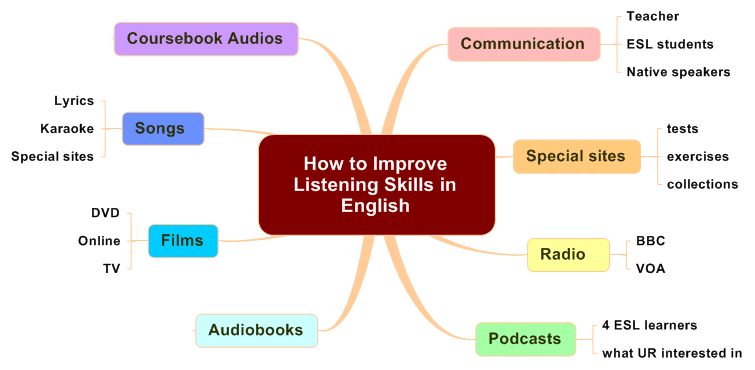
- Encourage reading breaks. Don’t push a child to read to the brink of exhaustion. Even when your child is completely lost in a book, encourage them to rest their eyes and take a reading break.
- Don’t make reading a chore. All parents can nag, but try not to make reading assignments into a dreaded task. This is sometimes how those reading minutes can backfire (depending on the child). Some kids see reading minutes as “I need to get through this.” They never enjoy the story or the book because they resent being forced to do reading for those mandated 20 minutes. Encourage fun reading, and let kids read at their pace.
- Set reasonable expectations. Don’t make reading goals unattainable.
- Understand that all reading is practice. Comic books count!
- Don’t compare a struggling reader to a peer or sibling.
- Talk to a child. Ask them to summarize their day. Ask them what happened in school.
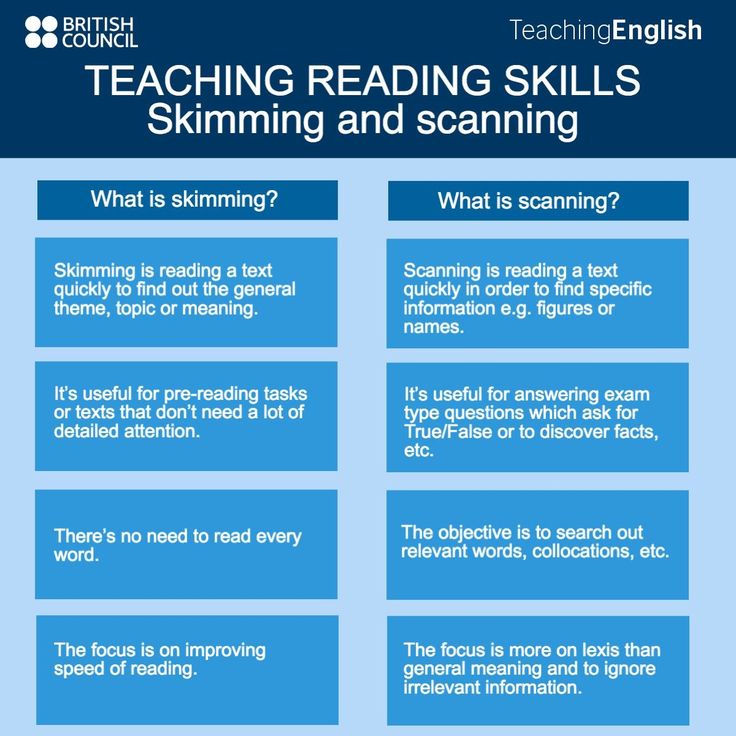 Ask them anything. Getting them to articulate their own experiences may help them articulate what they read, too. You might even focus on “wh” questions
Ask them anything. Getting them to articulate their own experiences may help them articulate what they read, too. You might even focus on “wh” questions - Read books to celebrate or commemorate history. For Fourth of July, read about the Revolutionary War and our Constitution. During Black History Month, encourage children to read about historical figures in the Civil Rights movement.
- Incorporate comprehension into daily activities. Talk about your day, an activity you’re doing and the steps you take to complete the activity. Incorporate those ‘wh’ questions.
- Use comprehension strategies across subjects. Focusing on comprehension is vital for the understanding of all subjects. Make sure your child understands history and science by asking comprehension questions related to assignments and reading.
- Enjoy a reading snack related to the book.
- Set the clock for fun reading races. If your child needs to work on proficiency, set a timer and encourage them to read a paragraph without making any mistakes.
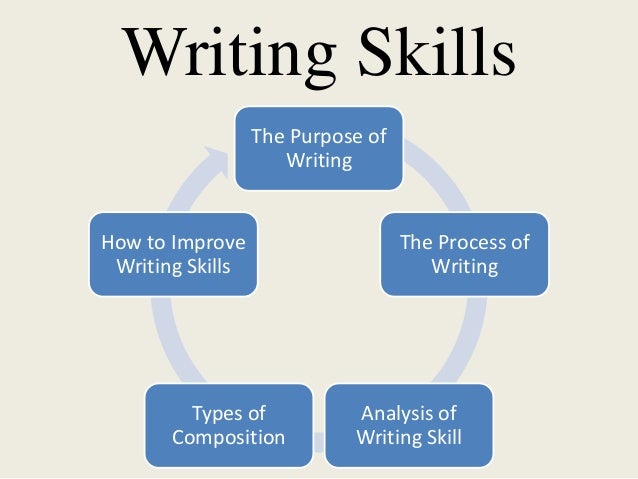
- Parents need to read, too. Kids should see parents reading and enjoying a book. Kids learn by example.
- Encourage kids to write book reports. When kids finish the book, have them write up an old-fashioned book report detailing what they liked about the story and talking about the characters.
- Inquire about school resources in the classroom. Do you know what type of reading resources your child’s school offers? Ask! You may be able to use programs or resources at home.
- Mirror the teacher’s strategies. Inquire about what reading strategies your child’s teacher uses in the classroom. Use these same strategies at home.
- Encourage children to chunk the text to help ease comprehension struggles. Have children chunk text by reading a paragraph at a time…or a chapter. Then ask them questions about what they’ve read.
- Reenact a fun scene from the book. Is this a dinner party? An amazing adventure.
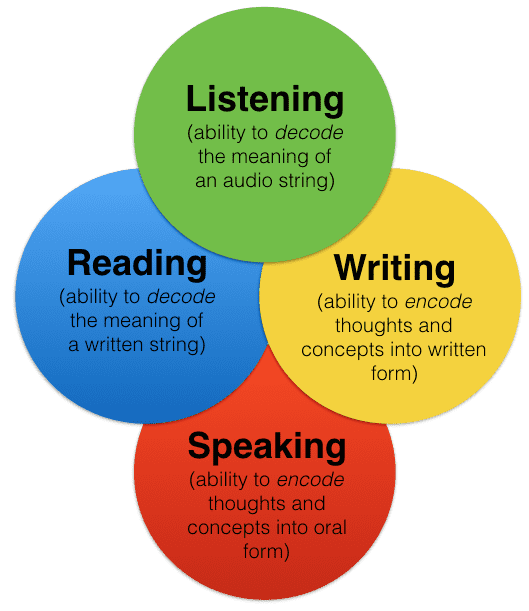 Reenact it with kids and home to help them immerse in the story.
Reenact it with kids and home to help them immerse in the story. - Make sure kids know they aren’t alone in their struggles. Explain to them that many students struggle with reading. In fact, about 10 million struggle with reading.
- Don’t let children avoid reading. While understanding a story may be a challenge, don’t let kids avoid reading. Sit with them, help them and encourage them…but don’t let them give up.
- Have kids write a brief autobiography. Encourage them to retell an adventure; write down these adventures and use your child’s personal story to help them with aspects of comprehension. How did they feel? What did they learn? Make sure the adventure was a real one!
- Use books as rewards for reading. The best reward for reading? More books!
- Take your child to get a library card. Make a big event out of going to the library for their very first card…explain that this is their ticket to read any book they want!
- Check your library’s web site for special events related to reading clubs or other activities that could increase your child’s enjoyment of books and reading.
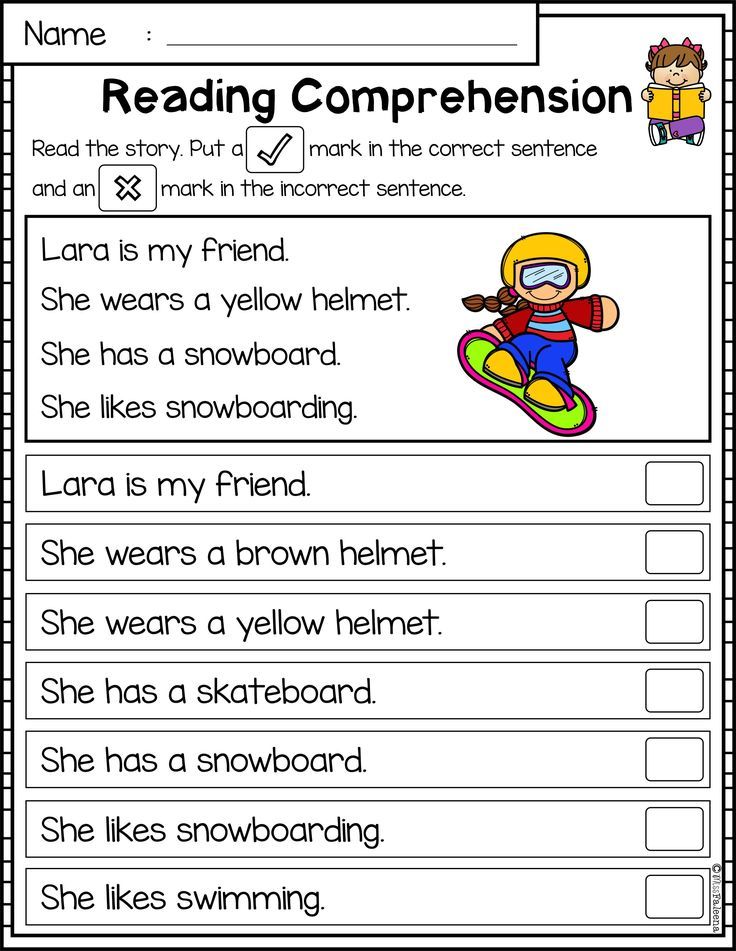
- Ask the librarian for book recommendations to help with comprehension. Librarians are great resources.
- Have your child create a hero list of famous people and find books about them for your child.
- Make sure any reading program you consider to help with comprehension has a free trial. Don’t risk paying for an app that doesn’t meet the needs of your child.
- Don’t stop reading during school breaks. The summer slide happens when children fail to keep reading or don’t engage in any meaningful educational activities (even doing math workbooks helps!).
- Check in with your child during reading to make sure they aren’t struggling.
- Visit thrift stores to find inexpensive books. Some may offer kids’ books for a mere quarter! Check out thrift stores near you!
- Utilize free ‘little libraries’ around the community when money’s too tight. Remember, take a book, give a book.
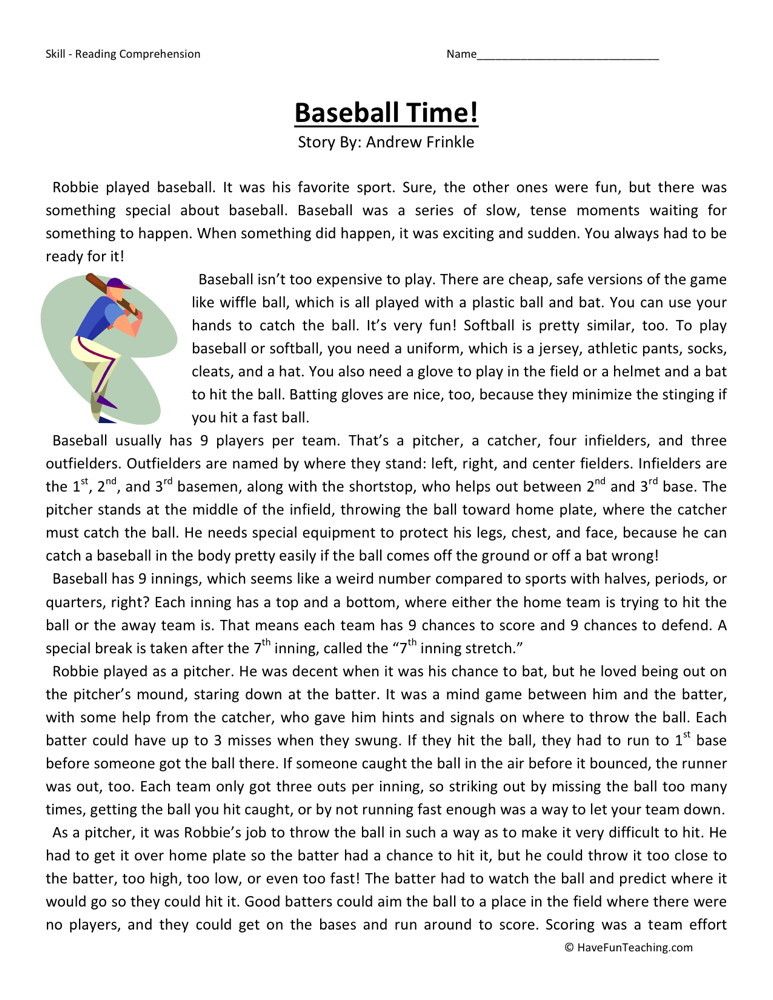 Or, at the very least, remember to return the book you took from this free resource.
Or, at the very least, remember to return the book you took from this free resource. - Find books related to your child’s favorite shows.
- Explore free reading resources on PBSKids.org.
- Play comprehension hopscotch. Write comprehension prompts on the squares!
- Embrace virtual books for children who love technology. Download ebooks to your favorite ereader!
- Give your child some reading holidays. On break, give them a brief reading reprieve for a few days.
- Celebrate National Poetry Month in April by reading poetry or introducing your child to your favorite poets.
- On April 12, make sure your child celebrates D.E.A.R. (Drop Everything and Read Day!)
- For children who have difficulty with comprehension because of dyslexia or another learning disability, the month of October is Learning Disabilities and Dyslexia Awareness Month. You can find resources about learning disabilities or choose to be an advocate to educate others this month.
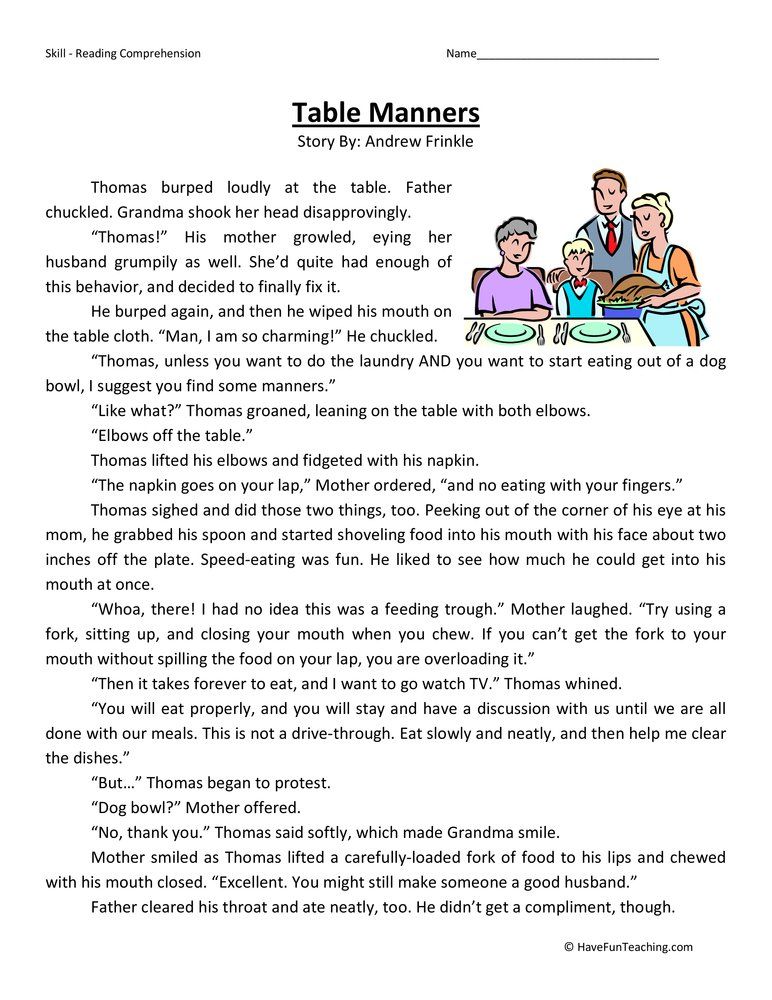
- During the month of October, parents can make reading fun by adopting a Halloween theme for at-home reading activities. Candy rewards, scary stories and even fun Halloween snacks can all be included.
- In November, help your child choose books on thankfulness, the first Thanksgiving or Native Americans. Remember, encourage your child to pick the books they want.
- December is the month of many holidays. Read about Christmas, Hanukah, or Kwanzaa. Talk to kids about these holidays to gauge their holiday comprehension. You may even read about holiday traditions across the globe. In Dutch traditions, St. Nicholas would leave candy or toys in children’s shoes!
- For February, embrace stories of love or Valentine’s Day history to work on comprehension. Fairy tales with happily-ever-after endings are a perfect choice for this month.
- Let your child read a comic strip (geared for kids) and talk about it together! Comic strips are a quick read, and may be an easy way to go over basic comprehension.
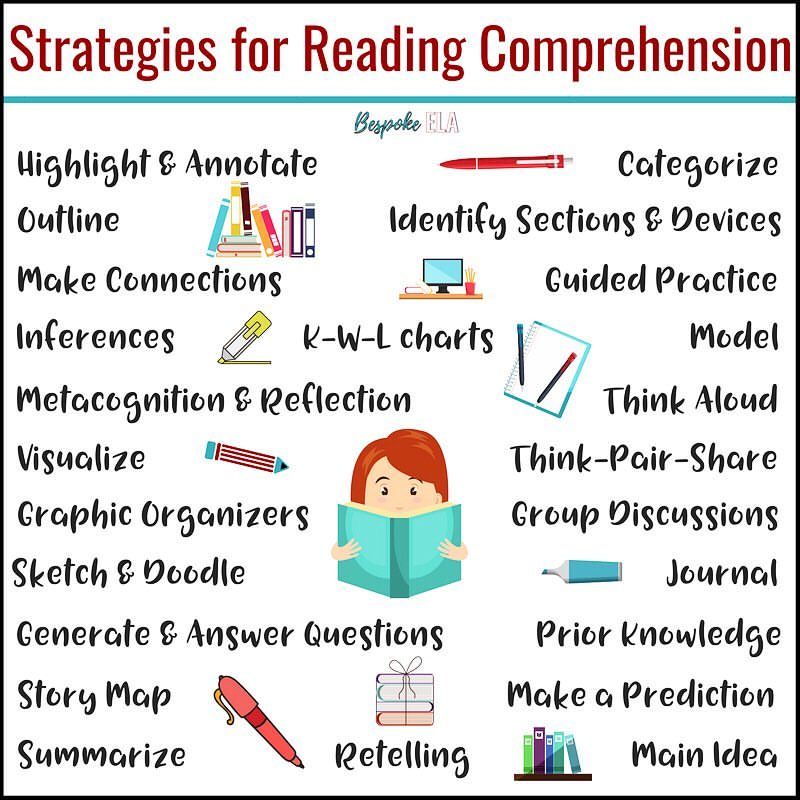
- Create comprehension quizzes for children to test their knowledge of the book.
- Understand that nightly reading minutes don’t always mean 20 minutes each night. If kids read for an hour, this counts toward the 100 weekly minutes. Don’t overthink reading minutes and turn reading into a chore.
- Does your child enjoy building models? Reading and following the instructions may help them with comprehension. Talk about each step and ask questions related to the process as they build.
- Remove distractions. When a child is reading, make sure that any noisy distractions are removed. Turn off the radio and the television!
- Encourage your child to read aloud. Note their inflection during the story and see if they can pick up on emotions of characters.
- To analyze characters, have children create a chart comparing and contrasting main characters in a story. How are they alike? How are they different?
- Ask kids to make predictions.
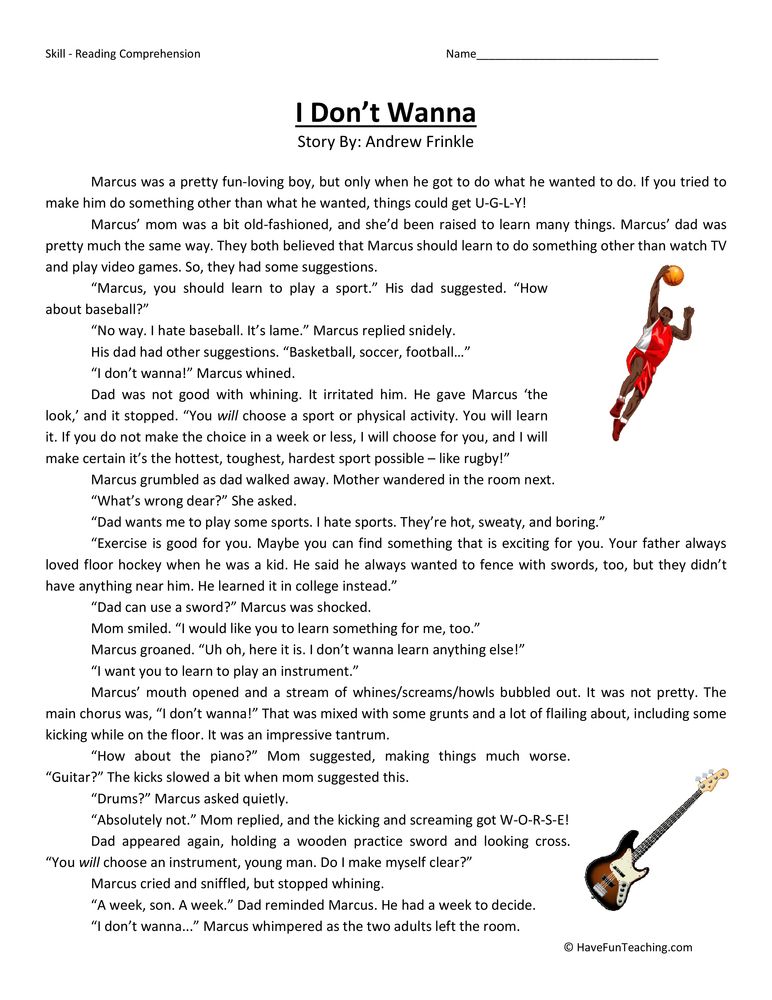 Reading aloud to kids? After each chapter, ask your child what they think might happen next.
Reading aloud to kids? After each chapter, ask your child what they think might happen next. - Check out different reading landmarks in your area. These can be places featured in books, independent bookstores, or libraries.
- Take the reading outdoors. Read out in nature to change the scenery! Encourage beach reading during vacation…just don’t forget the sunscreen!
- Talk to your child if you find that they are getting discouraged. Make sure to always provide positive reinforcement during reading.
- Know when you need a parent break. Parents can get frustrated if we feel a child isn’t listening or doing what they need to do. Sometimes, though, their struggle is just overwhelming them. If you feel that you’re losing your cool, step back. Take a parent break.
- Step into character by role playing parts of the book. You can use puppets, too.
- If your child is hungry, overly tired or sick, reading could be more of a struggle.
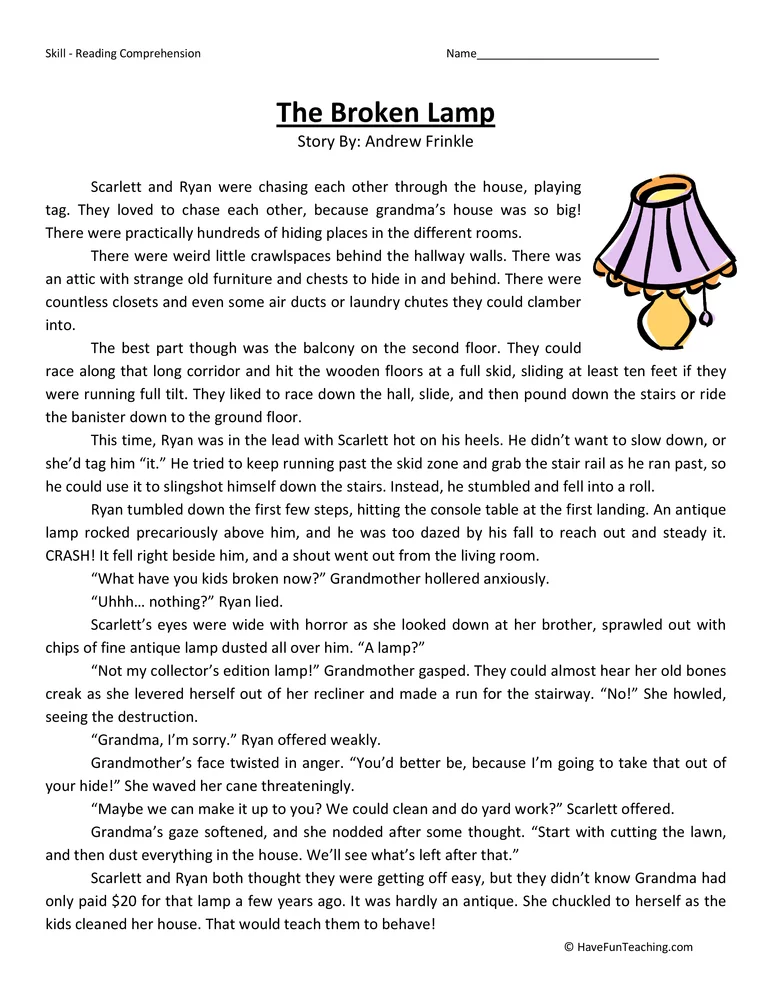 If a child can’t focus because they are tired, need to eat or just feel bad, they might not pick up much from what they read. Use common sense before pushing those nightly reading sessions.
If a child can’t focus because they are tired, need to eat or just feel bad, they might not pick up much from what they read. Use common sense before pushing those nightly reading sessions. - Understand that an illness or a bad night with little sleep also could affect a child’s scores on a reading test. If scores were below expectations—and not the norm for your child—don’t assume reading has become a major problem. Reach out to your child’s teacher, and inquire if the child should be retested. If your child’s teacher is concerned, they will let you know.
- Host a family reading night each week. Everyone can hang out in the living room with their favorite book. This is a great way to unplug…and unwind. It also creates a reading habit for kids.
- Don’t book shame a child. If they love a silly book, let them read it.
- Find poems that were turned into songs! Listen to the song and talk about meaning. How does the music set the tone for the story/poem?
- Don’t ban books without researching.
As kids get older, parents may want to police their reading material. Before you put the stop on a book, before challenging a child who wants to read it, research the book and the author. Don’t judge a book by its cover…or its reputation. Some of the greatest novels have been challenged, banned and burned.
There are so many ways to help your child become a better reader. Many of these tips focus on out-of-the-box ways to encourage kids to pick up a book or to view reading and books positively.
By making reading a fun activity, kids may be more open to guidance to improve comprehension. When parents are concerned that their child struggles with comprehension, opening a dialogue with the teacher may be the first (and best) step to address their struggles.
Intervention, additional testing or perhaps even a medical referral to a specialist could also be needed to pinpoint the cause of a reading struggle. Sometimes, though, kids may simply fall behind and additional help at home may be all that is needed to help boost their proficiency.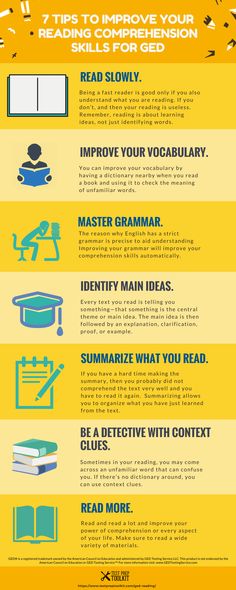
How to teach a child to tell the time on a clock with hands
You tell your child that you will be in 3 minutes, and he runs after you crying. The kid does not understand what 3 minutes means. Suddenly you leave for the whole day?
The child went to the first grade, but he gets tired out of habit, cannot organize his time. He wants to play, watch cartoons, but he also needs to prepare for classes and go to bed on time.
If the baby knows that 3 minutes is not such a long time, he can wait. nine0003
If a younger student knows how to tell the time, he will be able to organize his day on his own.
So how do you teach a child to tell the time by the clock? Let's give some recommendations.
At what age should a child be taught to tell time?
A child of one and a half years old understands that there are certain time intervals: dad comes home from work in the evening, day turns into night. At 2-3 years old, he begins to perceive "temporary" words: tomorrow, yesterday, today, now, later.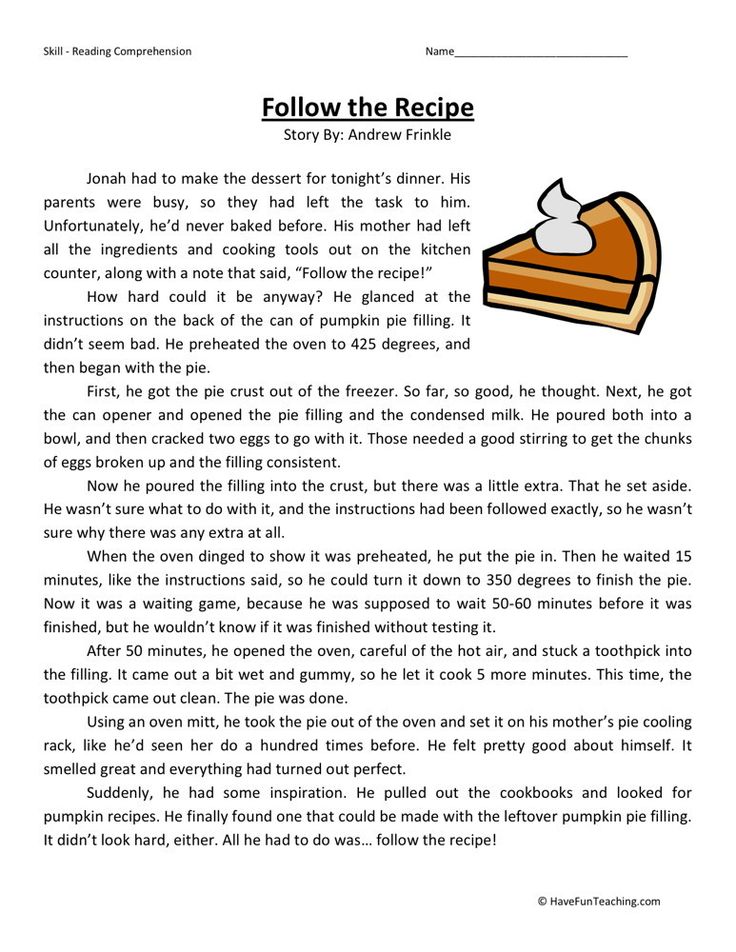 nine0003
nine0003
It is possible to start acquaintance with the concept of time when the child knows numbers and two-digit numbers, does not confuse yesterday and tomorrow. As a rule, by the age of 6, children already know and understand these words, so they can move on.
However, all children are different, and it is impossible to say with certainty that it is necessary to master such knowledge at the age of 6. If a four-year-old kid is familiar with numbers and shows interest, start learning.
Before you start learning
Before learning to tell time with a clock, prepare your child to understand time. nine0003
- The first thing a child needs to understand is that time is abstract, so you can't taste, touch or see it.
- Time cannot be stopped. Today is the present, yesterday and a year ago is the past, and what will happen tomorrow and then is the future. Reinforce what was said with facts: “Now we are drawing”, “Look at the photo of what you were 2 years ago”, “Let's go to the park on the weekend”.
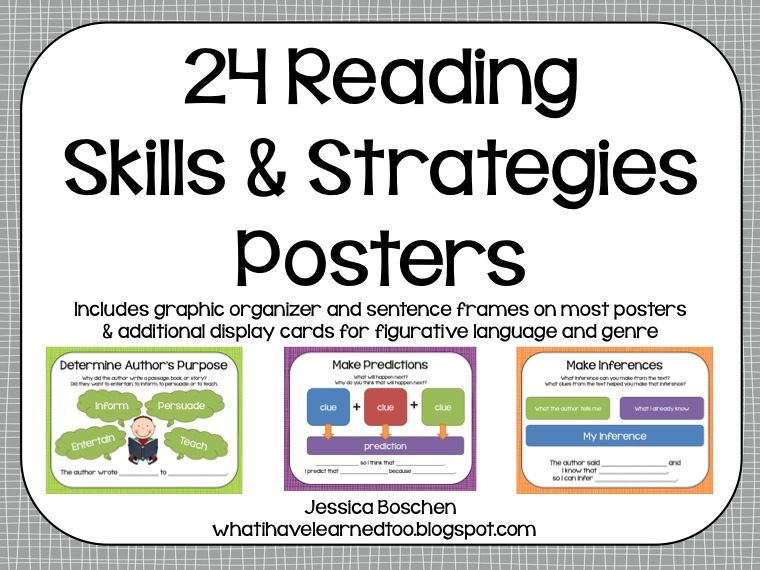
- You can play the game was-became, for example: first there was a seed, then - a sprout, even later - the sprout will become a tree. nine0028
- The next step is to learn the seasons with your child. As a rule, there are no difficulties here, and children quickly remember that it snows in winter, everything blooms in spring, we swim and sunbathe in summer, and in autumn we harvest. Do not forget to clarify that each season consists of three months, months - of weeks, and weeks - of 7 days.
- We find out that the day consists of morning, afternoon, evening and night. We say there are 24 hours in a day. To remember, arm yourself with educational pictures or associations: in the morning you go to kindergarten, have lunch at 12 noon, return from kindergarten at 6 pm, and so on. nine0028
Explaining to a child what time is
Usually, children 2-3 years old do not notice the passage of time at all: they can stop playing or watching a cartoon only if this activity is boring for them, or it is interrupted by their parents. In fact, the time of the child is regulated by an adult.
In fact, the time of the child is regulated by an adult.
Older children are able to recognize that some action lasts a long time, or passes quickly.
To make it easier for the child to understand the passage of time, sit him down for 1 minute of “doing nothing”. Ask how he thinks the time went. Also set aside exactly one minute for the ball game and ask how the time went this time. Don't forget to draw an important conclusion: when you are passionate about something, time passes faster. nine0003
An hourglass can be purchased and timed for brushing teeth, getting dressed, etc.
Hang a large wall clock in your child's room. Pay attention to the child that he usually goes to bed at 9 pm, wakes up at 7 am, and his favorite cartoon starts at 19.00.
Teaching a child to tell time by a clock with arrows
When a child has an idea of what time is, you can move on to the next level — tell time by a clock. nine0003
1. First, we form the concept of a dial. Be sure to consider what numbers are present, name them and remember how they are written.
2. Note the types of hands and say that a wide and short hand is needed to determine the hour, and a long and thin hand is needed for minutes. Add that there is also a second hand (one second is the time it takes the baby to clap his hands).
3. Determine in which direction the arrows are moving; along the way, explain the concepts of "clockwise" and "counterclockwise". nine0003
4. First, we learn to determine only the hours on the dial, without minutes. To do this, look at what number the small arrow points to. We bring this skill to automatism. For clarity, you can not only call what time it is, but also draw to use visual memory.
5. The next step is to get to know the minute hand. Tell your child about the similarities between the hour and minute hands (both start at 12) and the differences (the minute hand is much faster: for the hour hand to move an hour, the minute hand needs to run around the dial 60 times). nine0003
nine0003
7. Explain that one division on a clock equals one minute. You will also need to memorize multiples of 5 (5, 10, 15…60). The child will remember faster if you say that these are numbers ending in 0 and 5.
8. Using the layout, we explain where the minute hand should be when the time is 09:15, 09:30, 09:45. Do not forget to tell us what half an hour, a quarter of an hour is, and consolidate the knowledge gained with the help of a layout.
DIY clock making
To practice the acquired skills, we need a clock model. For these purposes, you can use the dial of an old unnecessary watch. It is enough to remove the glass so that you can turn the arrows by hand. But you can make a watch yourself.
- You will need a plastic plate or a circle made of cardboard - the basis of future watches.
- From colored cardboard, make 2 hands: a small one for hours and a long one for minutes.
- We draw the base in half vertically and horizontally, designate the first numbers.
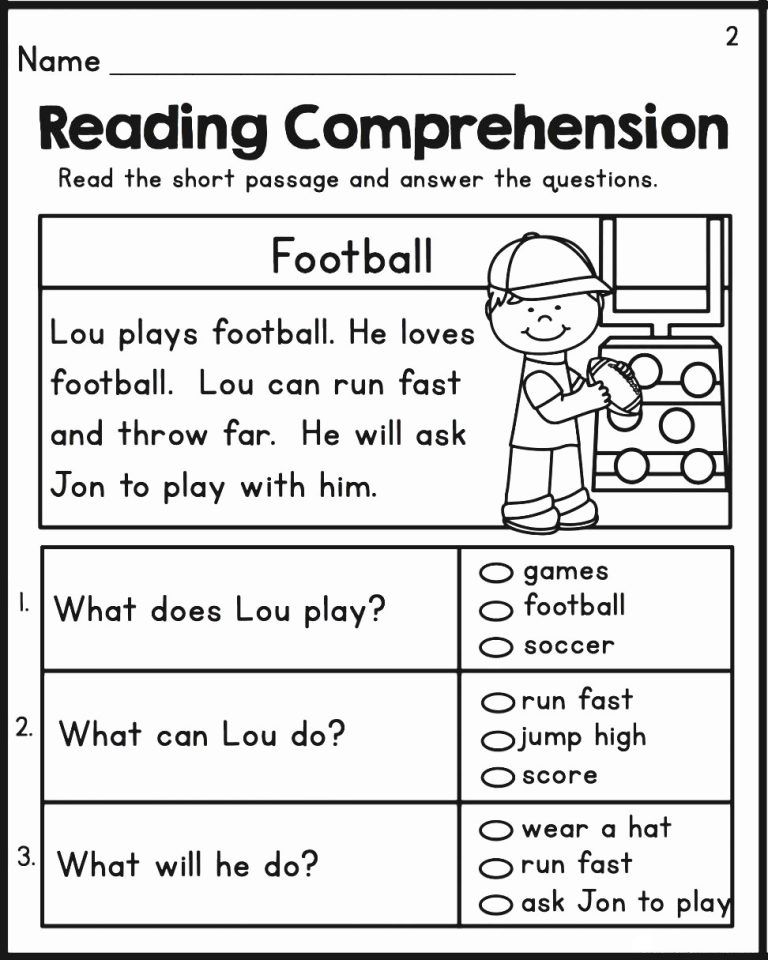 We divide the resulting quarters into three more parts and add the missing numbers. nine0028
We divide the resulting quarters into three more parts and add the missing numbers. nine0028 - We attach the arrows to the base with a button. Your layout is ready!
Tip: Make this layout with your child. Entrust him with the manufacture of arrows, writing numbers. Speak and comment on your actions, repeating the material along the way.
Games and tasks with a clock to consolidate the result
Do not forget to use time frames in everyday life, for example: "Let's wash ourselves in five minutes" or "Turn on the TV in 10 minutes." Buy a watch for your child, and let the family often ask the baby what time it is. nine0003
And to make the consolidation of the material fun and accessible for the baby, play with it.
"Psychic" . Take a clock layout and cover the numbers indicated by the arrows with a sheet of paper. The task of the child is to remember the location of the numbers on the dial and determine the time.
Timing. An adult tells a child's favorite fairy tale, but with temporary additions. For example, at 23:59 Cinderella ran out of the palace. The task of the child is to show 23:59 on the clock layout. nine0003
"Daytime" . Try to make with a preschooler his daily routine for tomorrow. Illustrate and indicate time periods.
Find a Pair . We will need an A4 sheet with a drawn clock and small pieces of paper on which time intervals will be written (for example, 02:50 or a quarter to twelve). The child will need to find a matching pair.
Poems about time for children
In teaching children, especially preschoolers, not only games and tasks, but also poems can be used. Rhyming lines are well remembered and help the baby cope with difficulties. nine0003
Clock
They say the clock is standing.
They say the clock is fast.
They say: the clock is running,
But they are a little behind.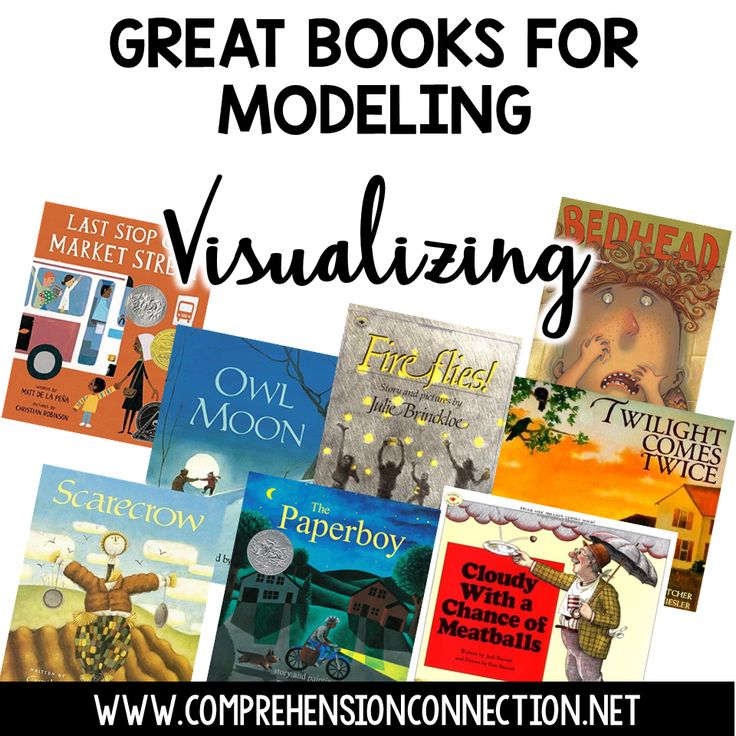
Mishka and I watched together,
But the clock is hanging in place.
(V. Orlov)
From morning to night
Accustom yourself to order,
Remember to exercise in the morning.
Be persistent and bold during the day,
To do many things.
The evening began to come,
You decide what to play.
The night will come - go to bed:
Dog on the rug, you are in bed.
Teaching a child to tell the time using a clock is not an easy task, but it is quite doable. Do not rush the child and do not get angry because of failures in learning: not everything comes quickly and easily, no matter how much an adult would like. A little patience and perseverance, and your baby will confidently answer the question “what time is it?” nine0003
Thinking Trainer
Thinking Trainer is a database of 4,000 tasks designed specifically to develop the thinking skills of students in grades 1-4
learn more
6 tips to teach your child to tell time - and turn this activity into a fun game
Why is half past six 06:30 and not 7? And on an electronic clock, is it generally 18:30? Why does time increase when we fly east? These questions confuse children.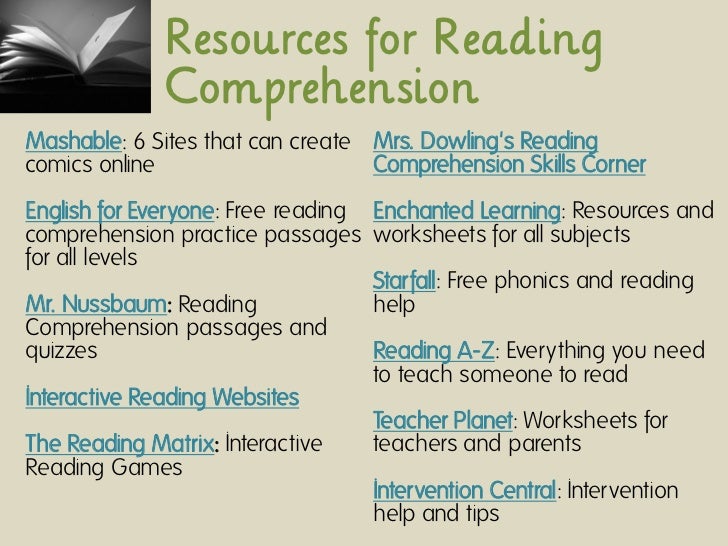 We tell you when and how to talk to your child about time - and teach him to be punctual. nine0003
We tell you when and how to talk to your child about time - and teach him to be punctual. nine0003
When to teach a child to tell the time
In order to know the time by the clock, a child needs a number of skills:
- be able to count within 30, and preferably 60;
- determine which number is greater and which is less;
- navigate in space, know where the right, left, top, bottom are;
- basicly navigate in time, understand when morning, afternoon, evening and night come.
A child usually acquires these skills between the ages of 5 and 7. However, you can begin to introduce the child to the clock in the process of learning these concepts. nine0003
How to get started with time
The first steps in learning time do not have to be about numbers. The main thing is to show the child that time is part of our daily life.
For example, pay attention to the child what time it is on the clock at the moment when he wakes up, brushes his teeth, goes to kindergarten or school, returns from there, goes to bed.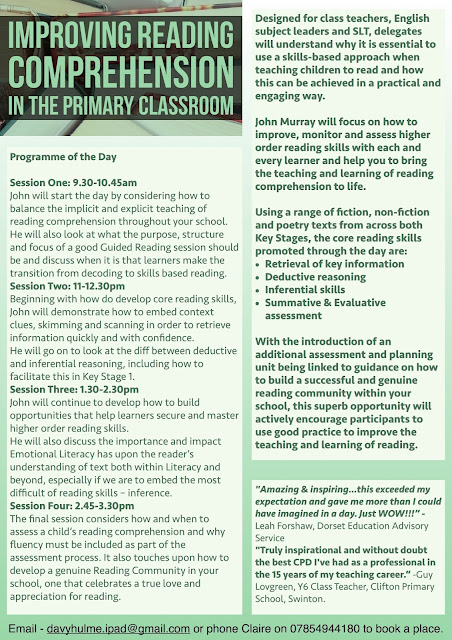 Ask him to restore the sequence of habitual actions and distribute what is usually done in the morning and what is done in the evening. If the child makes a mistake, gently correct him. Or you can try to confuse him, for example, by asking: “We all have dinner in the morning, right?” The main thing then is to explain what the mistake was. nine0003 Photo: Studio.G photography / Shutterstock / Fotodom
Ask him to restore the sequence of habitual actions and distribute what is usually done in the morning and what is done in the evening. If the child makes a mistake, gently correct him. Or you can try to confuse him, for example, by asking: “We all have dinner in the morning, right?” The main thing then is to explain what the mistake was. nine0003 Photo: Studio.G photography / Shutterstock / Fotodom
In a situation where you and your child are late (for example, standing in a traffic jam), calmly explain that usually the journey takes you a certain amount of time, and now - so many minutes more . Or indicate that the child has 20 minutes for cartoons: let him mark the time, and you set a timer. So he will gradually feel the importance of time, and he will have the motivation to study it.
How to explain to a child what time it is on the clock
When your child has a basic understanding of time, it's time to start teaching him to tell time by the clock. You can study a real clock with hands or make a cardboard model with your own hands. To do this, you need:
To do this, you need:
- Make a dial - it can be a circle cut out of cardboard, or a disposable plate.
- Put numbers around. To make it even, it is better to draw a vertical and horizontal reference line with a pencil through the center - they will have the numbers 12, 3, 6 and 9. Each quarter of the circle must be divided into three parts and the remaining numbers should be written on their borders.
- Draw and cut out the hands: the hour hand is shorter and the minute hand is longer. They can be made of cardboard of different colors.
- Attach the hands to the center of the dial with a push pin or wire.
Numbers can be designed the way the child likes: cut out of paper, placed on multi-colored figures or molded from plasticine. You can add associations to them, which usually happens to the child at each of the hours: he sleeps, eats, walks. nine0003
On the outer circle of the dial (both homemade and real), you can add stickers with the time on the electronic clock - next to the hour it will be 13, with two - 14, and so on.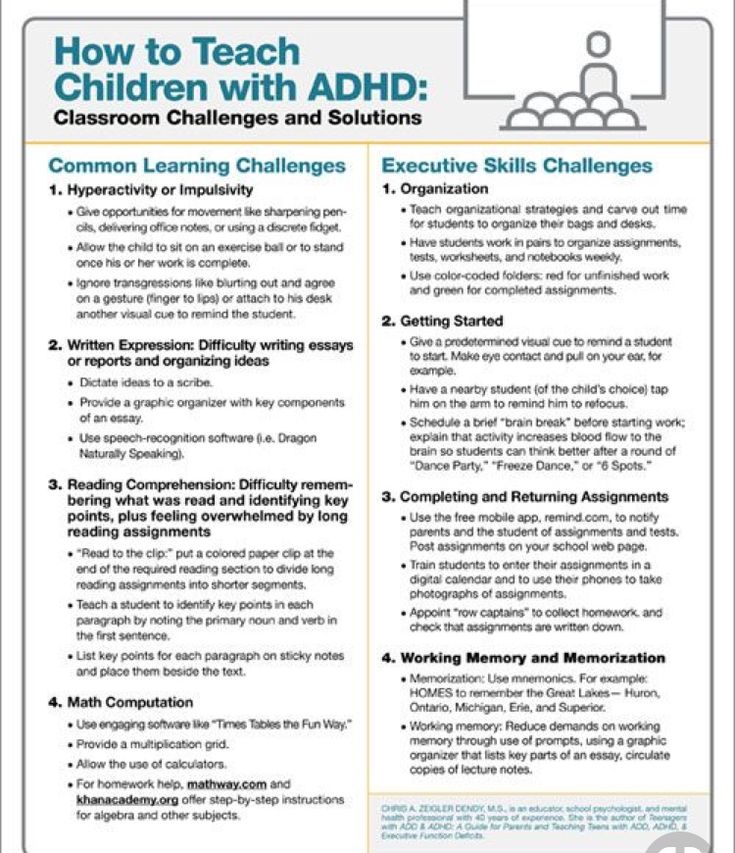 So the child will remember these correspondences over time. You can also add the designations of minutes: 10, 15, 20, 30, 45.
So the child will remember these correspondences over time. You can also add the designations of minutes: 10, 15, 20, 30, 45.
When the clock is ready, it is worth showing the child how the hands will be located in different circumstances: if it is exactly one in the afternoon, half or a quarter to two, fifteen minutes to three. Ask him to memorize the location of the hands and then line them up on his own when you verbally name the time. nine0003
On a real watch, you can invite the child to observe which of the hands runs faster - hour or minute, and discuss together why this happens (after all, an hour is 60 times longer than a minute, and when the hour hand made only one circle, the minute hand managed to turn around as many as 60 times ).
"Time is the first hour" - how to explain it
Adults use temporary concepts that often only confuse the child. For example, why is half past one 1:30 and not 2:30? Or what does “the first hour has gone” mean - where did he go, why is he the first and what time is it then? nine0003
You can solve the problem with the help of a pie or pizza - they need to be cut into two halves and explained: “Let's pretend that you are an hour.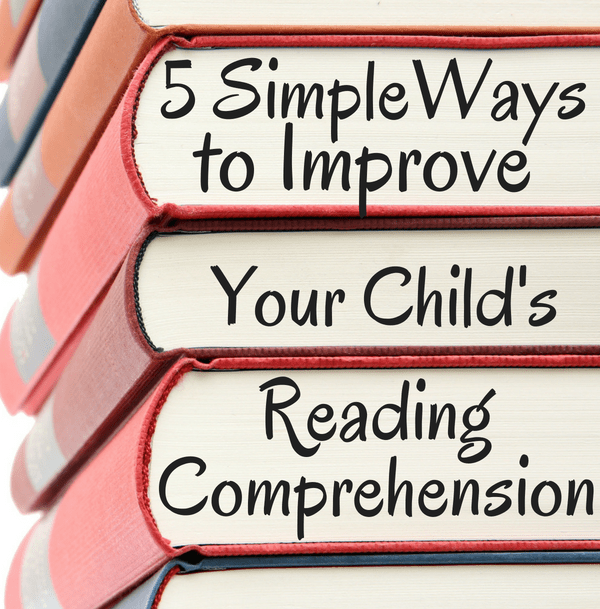 This half is yours, and this is half of the other person. You already have a piece: it means you are an hour and a half, 01:30. When you have received your share and at 01:30, the time comes for the second to eat his half - half past one. The same with quarters: the child will get a quarter of a pie or pizza - and a quarter of the second will come.
This half is yours, and this is half of the other person. You already have a piece: it means you are an hour and a half, 01:30. When you have received your share and at 01:30, the time comes for the second to eat his half - half past one. The same with quarters: the child will get a quarter of a pie or pizza - and a quarter of the second will come.
But the concept of “a quarter to two” cannot be explained in this way
You can just imagine that it's almost two o'clock in the afternoon, but a slice of pizza is missing until the exact time. If you close your eyes to this and count "a quarter to a minute", then just two will work out.
To reinforce these concepts and not overeat pizza with pies, you can draw circles and hatch them in halves and quarters. Coloring pages will also help you remember five-minute intervals: by analogy with halves and quarters, you can discuss what time it is when adults say “five minutes to three” or “five minutes past seven”. nine0003
Concepts like "the first hour has begun" can be represented with the help of a relay race of runners.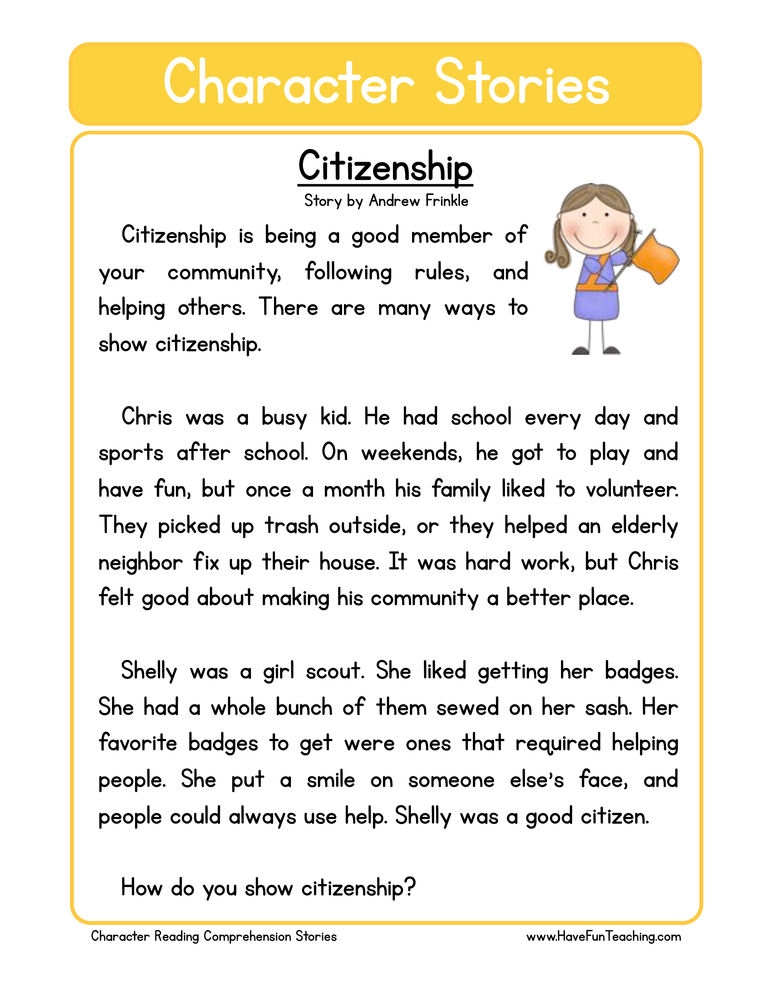 If the first hour has started, then the clock is a little over 01:00. At a distance of 01:59, he comes to the finish line, then the second hour starts. A child can also draw a runner on the dial - and dream up what will happen if the runner stops (or the clock breaks).
If the first hour has started, then the clock is a little over 01:00. At a distance of 01:59, he comes to the finish line, then the second hour starts. A child can also draw a runner on the dial - and dream up what will happen if the runner stops (or the clock breaks).
How to teach a child to tell the time using an electronic clock
Pay attention to the child that on a regular watch each digit is repeated twice a day. For example, 12 o'clock happens at noon and midnight, so we distinguish between "2 o'clock in the afternoon" and "2 o'clock in the morning." But on an electronic clock, this is not necessary: each of the 24 hours of the day is taken into account there. nine0003
Now you need to count together with the child in a circle of the dial from 1 to 12, and then continue counting from 13 to 24 (do not forget to note that on the electronic clock instead of 24 hours 00:00 is used and the countdown of a new day begins).
Photo: Elizaveta Galitckaia / Shutterstock / Fotodom The resulting figures should be signed on the drawn dial. And to better remember them, we offer a game. You will need dice: one pair will indicate hours, the other - minutes. Let's drop the first pair. Dropped, for example, 1 and 6, which means 16 hours. Now the second pair, on it 4 and 5 - 45 minutes. We draw or show the resulting time on a homemade dial. Happened? And if you compete for time? nine0003
And to better remember them, we offer a game. You will need dice: one pair will indicate hours, the other - minutes. Let's drop the first pair. Dropped, for example, 1 and 6, which means 16 hours. Now the second pair, on it 4 and 5 - 45 minutes. We draw or show the resulting time on a homemade dial. Happened? And if you compete for time? nine0003
What else to tell your child about time
There are many interesting facts about time. With stories about them, you can interest the child, push him to explore the world. If he asks a "stupid" question, do not rush to brush it off - it is better to share your knowledge or look for the answer together. For example:
- Why, when we fly in an airplane to some countries, do we change the time? Because the planet rotates around its axis and the sun in different parts of the Earth rises at slightly different times, so the entire globe is divided into time zones. When we get to another time zone, we need to check what time it is there.
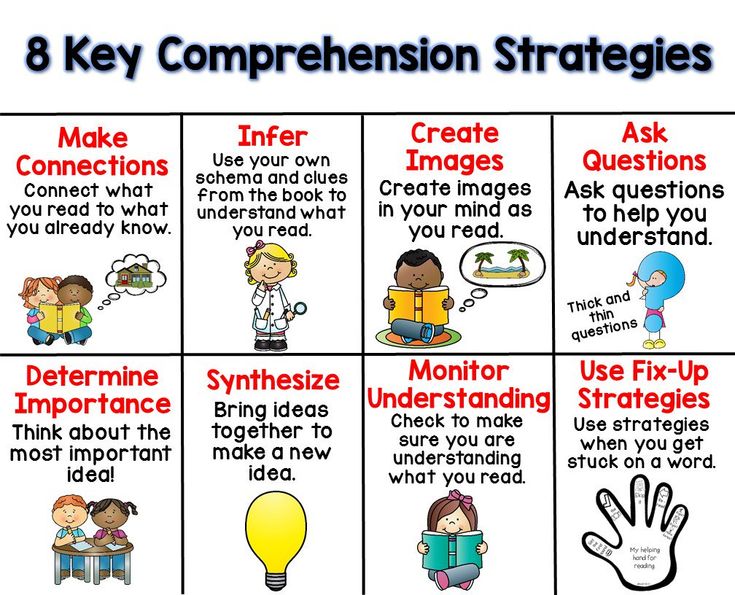 And in some countries, they change the clock to adjust to the length of the day, because in winter the day is much shorter than in summer. nine0028
And in some countries, they change the clock to adjust to the length of the day, because in winter the day is much shorter than in summer. nine0028 - Why are the watches so different: on the arm, on the wall, in the phone? People invented watches a long time ago, and even mechanical watches did not exist back then. They were guided by the sun - there is a sundial even now. There are also hourglasses, water clocks, candle clocks, in which time is determined by the rate at which the candle melts. Mechanical watches were invented about 7 centuries ago, and electronic watches were invented not so long ago. Each person uses the watch that is more convenient for him.
- Why do I sometimes wake up before the alarm goes off? Because inside a person there is an internal biological clock - it is connected with sunlight and natural cycles that run daily. If you develop a mode, the alarm clock may not be needed at all.
When the child is older, you can tell him about the theory of relativity - that time can flow in a completely different way than we are used to.